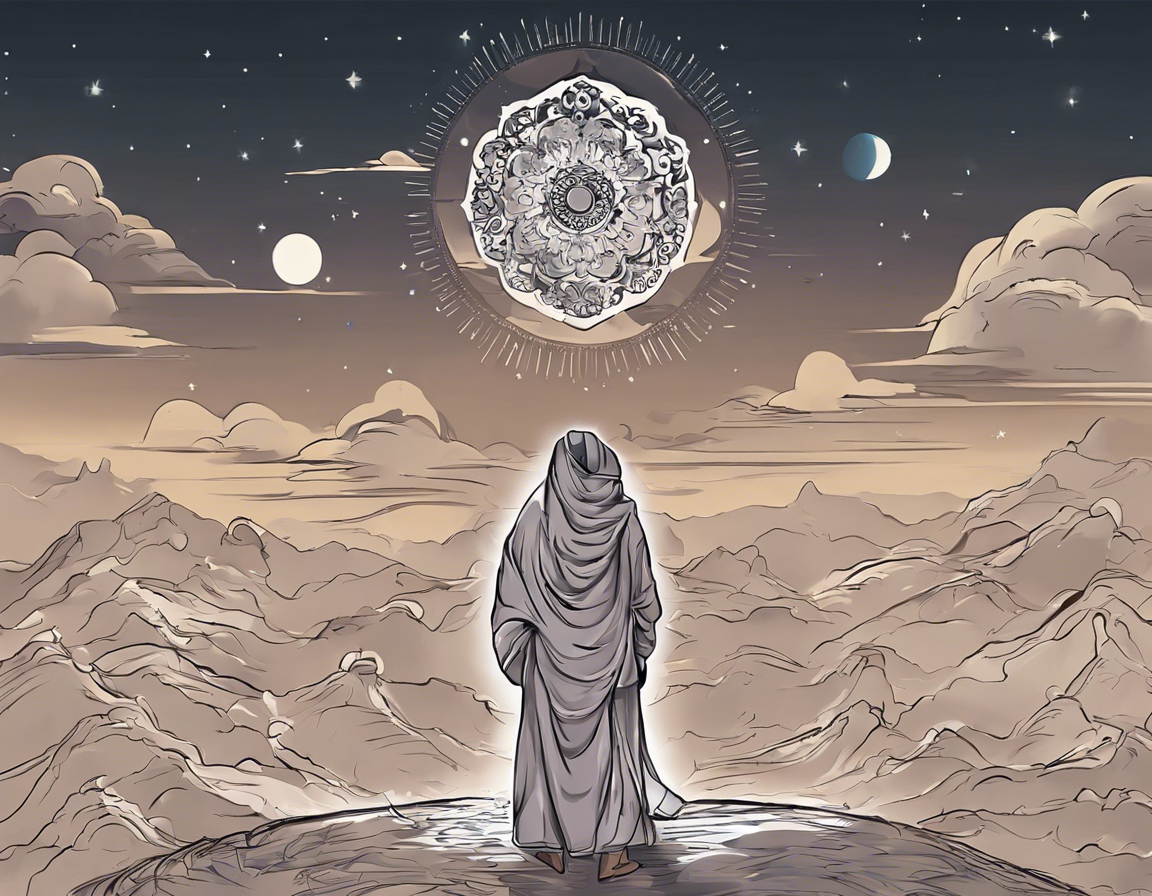
What is a Chand Appear?
A Chand Appear, also known as “Chand Grahan” in Hindi, is a captivating celestial event that occurs when the Earth comes between the Sun and the Moon, creating a unique alignment where the Earth’s shadow falls on the Moon. This phenomenon leads to the darkening of the Moon, turning it into various shades of red or orange, giving rise to the term “Blood Moon”.
Timing of a Chand Appear
Chand Appear events do not happen frequently, and their timing varies based on astronomical calculations. These events can be predicted well in advance, allowing astronomy enthusiasts to witness this breathtaking event. Chand Appears can be partial or total, with the latter being a more dramatic and visually stunning event.
The Cultural and Astrological Significance
Chand Appears hold immense cultural and astrological significance in various societies around the world. In Hindu mythology, eclipses are believed to be caused by the demon Rahu, who is said to devour the Sun or the Moon during these events. Therefore, eclipses are often associated with rituals and practices to ward off evil influences.
Impact on Astrology
In astrology, Chand Appears are believed to have a profound impact on individuals based on their zodiac signs. Many people avoid eating or drinking during an eclipse, believing it to be inauspicious. Astrologers often provide guidance on how to protect oneself from the negative effects of eclipses based on one’s birth chart.
Scientific Explanation
From a scientific perspective, Chand Appears are a result of the Earth, Moon, and Sun aligning in a manner that causes the Earth’s shadow to fall on the Moon. This alignment can only occur during a full moon when the Sun, Earth, and Moon are in a straight line.
How to Watch a Chand Appear
Witnessing a Chand Appear can be a mesmerizing experience for sky gazers. To watch the event, it is essential to be in a location where the event is visible. It is recommended to find a spot away from city lights and with a clear view of the night sky. Binoculars or telescopes can enhance the viewing experience, allowing observers to see the details of the Moon’s surface during the eclipse.
Different Stages of a Chand Appear
A Chand Appear typically progresses through several stages, each offering a unique perspective of the celestial event. The initial stage involves the Earth’s shadow slowly moving across the Moon’s surface, leading to a partial eclipse. As the event progresses, the Moon may appear red or orange, creating a stunning visual spectacle. The total eclipse phase is often the most dramatic, with the Moon fully immersed in the Earth’s shadow before gradually emerging back into the light.
Significance in Different Cultures
Chand Appears have captured the imagination of people across different cultures and civilizations throughout history. In ancient civilizations, eclipses were often interpreted as omens or signs from the gods. Various myths and legends have been passed down through generations, highlighting the mystical and awe-inspiring nature of these celestial events.
Frequently Asked Questions (FAQs)
1. When is the next Chand Appear expected to occur?
The timing of Chand Appears can be predicted with precision by astronomers. To find out when the next Chand Appear will take place in your location, check online resources or consult an astronomical calendar.
2. Are there any superstitions associated with Chand Appears?
Yes, in many cultures, Chand Appears are accompanied by superstitions and beliefs regarding their impact on individuals and the environment. It is common for people to follow specific rituals or avoid certain activities during an eclipse.
3. Can a Chand Appear be harmful to health?
There is no scientific evidence to suggest that viewing a Chand Appear can be harmful to health. However, staring at the Sun during an eclipse can cause damage to the eyes. It is essential to use proper eye protection or indirect viewing methods when observing celestial events.
4. What is the difference between a lunar eclipse and a solar eclipse?
A lunar eclipse occurs when the Earth comes between the Sun and the Moon, casting a shadow on the Moon. In contrast, a solar eclipse happens when the Moon passes between the Earth and the Sun, blocking the Sun’s light and casting a shadow on the Earth.
5. Can Chand Appears be predicted accurately?
Yes, Chand Appears can be predicted accurately using astronomical calculations and models. Scientists can determine the date, time, duration, and visibility of eclipses well in advance, allowing enthusiasts to plan their observations accordingly.
6. How long does a Chand Appear typically last?
The duration of a Chand Appear can vary, with some eclipses lasting only a few minutes while others may extend up to a couple of hours. The total eclipse phase, where the Moon is fully immersed in the Earth’s shadow, lasts for a relatively short period compared to the entire event.
7. What is the best way to photograph a Chand Appear?
Photographing a Chand Appear requires proper equipment and techniques to capture the celestial event accurately. Using a digital SLR camera with a telephoto lens and a sturdy tripod can help in capturing detailed images of the Moon during the eclipse. It is essential to adjust the camera settings for low light conditions to achieve the best results.
8. Why does the Moon appear red during a total Chand Appear?
The red or orange hue of the Moon during a total Chand Appear is caused by the Earth’s atmosphere scattering sunlight. Shorter wavelengths of light are scattered, leaving behind longer wavelengths such as red or orange, which give the Moon its distinctive color during the eclipse.
9. Are Chand Appears rare events?
Chand Appears are not extremely rare events, but they do not occur frequently either. On average, there are about two to four eclipses each year, including both lunar and solar eclipses. The visibility of an eclipse in a specific location depends on various factors such as the Earth’s position and the alignment of the Sun, Moon, and Earth.
10. How have Chand Appears been viewed and interpreted throughout history?
Throughout history, Chand Appears have been viewed with a sense of wonder and mystery by various cultures. Ancient civilizations often interpreted eclipses as omens or celestial events that held significant astrological or religious meaning. Today, Chand Appears continue to inspire awe and fascination among people around the world, blending science, mythology, and cultural traditions into a captivating celestial spectacle.







